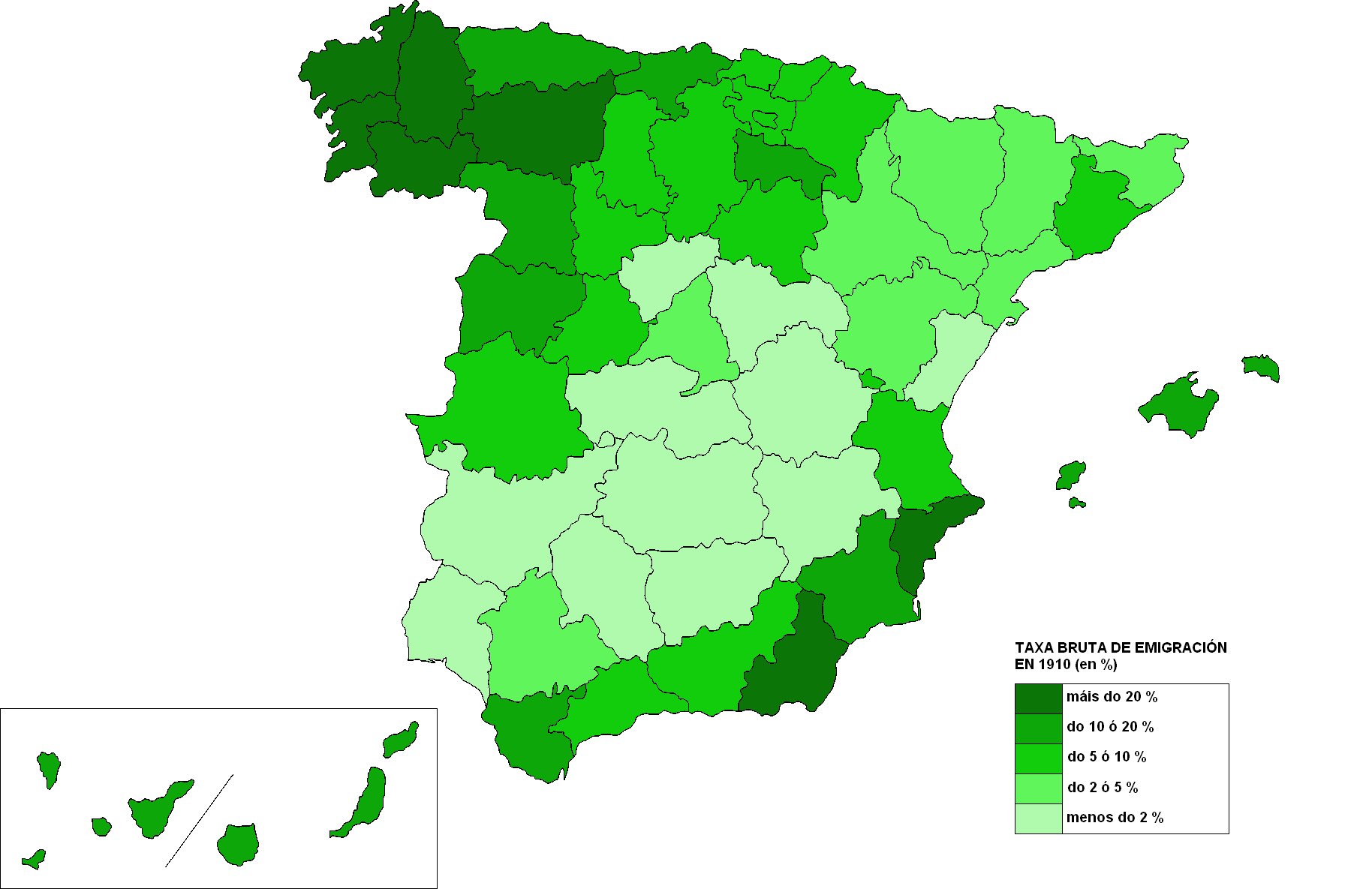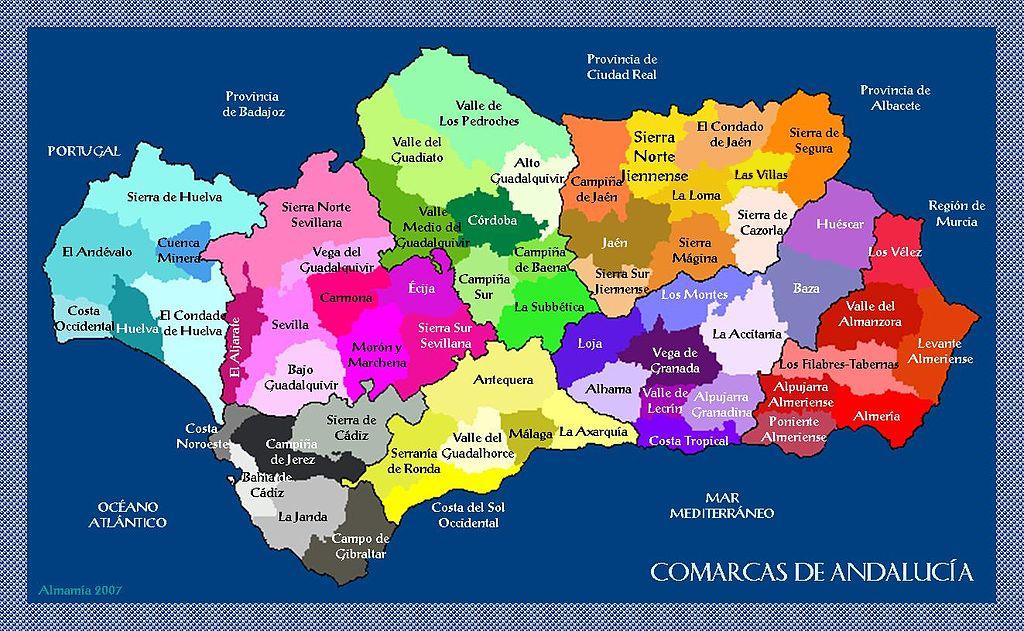|
Roelos
Roelos de Sayago is a municipality located in the province of Zamora, Castile and León, Spain. According to the 2009 census A census (from Latin ''censere'', 'to assess') is the procedure of systematically acquiring, recording, and calculating population information about the members of a given Statistical population, population, usually displayed in the form of stati ... ( INE), the municipality has a population of 180 inhabitants. References Municipalities of the Province of Zamora {{Zamora-geo-stub ... [...More Info...] [...Related Items...] OR: [Wikipedia] [Google] [Baidu] |
Sayago
Sayago is a ''comarca'' (county, but with no administrative role) in the province of Zamora in central Spain. Geography The ''comarca'' is located at the southwest of the Zamora Province. The main geographical characteristic is the isolation caused by the Douro and Tormes rivers canyons. Its borders are, consequently, well defined, specially to the north (Douro canyon separates Sayago from Aliste comarca), to the west (Douro canyon separates Sayago from Portugal) and to the south (Tormes canyon and Almendra Dam separate Sayago from the province of Salamanca). East is the less marked border, which makes communications easy with Tierra del Pan and Zamora, the capital city of the province of Zamora. Douro canyons are especially deep in the stretch shared with Portugal, as the erosion found better conditions to act than in previous zones. That has been the cause for the relatively low relations between the ''comarca'' and Portugal. The canyons have been used to build some re ... [...More Info...] [...Related Items...] OR: [Wikipedia] [Google] [Baidu] |
List Of Sovereign States
The following is a list providing an overview of sovereign states around the world with information on their status and recognition of their sovereignty. The 205 listed states can be divided into three categories based on membership within the United Nations System: 193 member states of the United Nations, UN member states, two United Nations General Assembly observers#Current non-member observers, UN General Assembly non-member observer states, and ten other states. The ''sovereignty dispute'' column indicates states having undisputed sovereignty (188 states, of which there are 187 UN member states and one UN General Assembly non-member observer state), states having disputed sovereignty (15 states, of which there are six UN member states, one UN General Assembly non-member observer state, and eight de facto states), and states having a political status of the Cook Islands and Niue, special political status (two states, both in associated state, free association with New ... [...More Info...] [...Related Items...] OR: [Wikipedia] [Google] [Baidu] |
Autonomous Communities Of Spain
The autonomous communities () are the first-level political divisions of Spain, administrative divisions of Spain, created in accordance with the Constitution of Spain, Spanish Constitution of 1978, with the aim of guaranteeing limited autonomy to the nationalities and regions of Spain, nationalities and regions that make up Spain. There are 17 autonomous communities and two autonomous cities (Ceuta and Melilla) that are collectively known as "autonomies". The two autonomous cities have the right to become autonomous communities. The autonomous communities exercise their right to self-government within the limits set forth in the constitution and Organic Law (Spain), organic laws known as Statute of Autonomy, Statutes of Autonomy, which broadly define the powers that they assume. Each statute sets out the devolved powers () for each community; typically those communities with stronger local nationalism have more powers, and this type of devolution has been called ''asymmetric ... [...More Info...] [...Related Items...] OR: [Wikipedia] [Google] [Baidu] |
Provinces Of Spain
A province in Spain * , ; grammatical number, sing. ''provincia'') * Basque language, Basque (, grammatical number, sing. ''probintzia''. * Catalan language, Catalan (), grammatical number, sing. ''província''. * Galician language, Galician (), grammatical number, sing. ''provincia''. is a political divisions of Spain, territorial division defined as a collection of municipalities of Spain, municipalities. The current provinces of Spain correspond by and large to the provinces created under the purview of the 1833 territorial division of Spain, 1833 territorial re-organization of Spain, with a similar predecessor from 1822 territorial division of Spain, 1822 (during the Trienio Liberal) and an earlier precedent in the 1810 Napoleonic division of Spain into 84 prefectures. There are many other groupings of municipalities that comprise the local government in Spain, local government of Spain. The boundaries of provinces can only be altered by the Spanish Parliament, giving ri ... [...More Info...] [...Related Items...] OR: [Wikipedia] [Google] [Baidu] |
Comarca (Spain)
In Spain, a '' comarca'' () is either a traditional territorial division without any formal basis, or a group of municipalities, legally defined by an autonomous community for the purpose of providing common local government services. In English, a comarca is equivalent to an area, county, district, or zone. Legally defined comarcas The large majority of legally defined comarcas are in Catalonia (42) and Aragon (33), and are regulated by law and are governed by a comarcal council with specified powers. There are seven comarcas formally registered in Basque Country and one, El Bierzo, in Castile and León. In Andalusia, Galicia, Valencia and Asturias, comarcas are defined by regional law but lack any specific function. Informal comarcas In other regions, comarcas are traditional or historical or in some cases, contemporary creations designed for tourism promotions. In some other cases (e.g. La Carballeda) a comarca may correspond to a natural area, like a valley, riv ... [...More Info...] [...Related Items...] OR: [Wikipedia] [Google] [Baidu] |
Zamora (province)
Zamora () is a province of western Spain, in the western part of the autonomous community of Castile and León. It is bordered by the provinces of Ourense, León, Valladolid, and Salamanca, and by Portugal. The present-day province of Zamora was one of three provinces formed from the former Kingdom of León in 1833, when Spain was reorganized into 49 provinces. Of the 174,549 people (2018) in the province, nearly a third live in the capital, Zamora. This province has 250 municipalities. Geography The Province of Zamora is in northwestern Spain where it borders on Portugal, which lies to the southwest. To the west lies the province of Ourense, to the north lies León, to the east lies Valladolid, and to the south lies Salamanca. The River Esla rises in the Cantabrian Mountains in the north and flows southwards through the province before joining the River Douro (Spanish: el Duero) which then forms part of the boundary with Portugal. The Esla is the largest tributary o ... [...More Info...] [...Related Items...] OR: [Wikipedia] [Google] [Baidu] |
Castile And León
Castile and León is an Autonomous communities of Spain, autonomous community in northwestern Spain. Castile and León is the largest autonomous community in Spain by area, covering 94,222 km2. It is, however, sparsely populated, with a population density below 30/km2. While Capital of Castile and León, a capital has not been explicitly declared, the seats of the executive and legislative powers are set in Valladolid by law, and for all purposes that city (also the most populated municipality) serves as the ''de facto'' regional capital. Castile and León is a landlocked region, bordered by Portugal as well as by the Spanish autonomous communities of Galicia (Spain), Galicia, Asturias, Cantabria, the Basque Autonomous Community, Basque Country, La Rioja (Spain), La Rioja, Aragon, Castilla–La Mancha, the Community of Madrid and Extremadura. Chiefly comprising the northern half of the Meseta Central, Inner Plateau, it is surrounded by mountain barriers (the Cantabrian Mount ... [...More Info...] [...Related Items...] OR: [Wikipedia] [Google] [Baidu] |
Census
A census (from Latin ''censere'', 'to assess') is the procedure of systematically acquiring, recording, and calculating population information about the members of a given Statistical population, population, usually displayed in the form of statistics. This term is used mostly in connection with Population and housing censuses by country, national population and housing censuses; other common censuses include Census of agriculture, censuses of agriculture, traditional culture, business, supplies, and traffic censuses. The United Nations (UN) defines the essential features of population and housing censuses as "individual enumeration, universality within a defined territory, simultaneity and defined periodicity", and recommends that population censuses be taken at least every ten years. UN recommendations also cover census topics to be collected, official definitions, classifications, and other useful information to coordinate international practices. The United Nations, UN's Food ... [...More Info...] [...Related Items...] OR: [Wikipedia] [Google] [Baidu] |
Instituto Nacional De Estadística (Spain)
The (INE; ) is the official government agency in Spain that collects statistics about demography, the economy, and Spanish society. It is an autonomous organization responsible for overall coordination of statistical services of the General State Administration in monitoring, control and supervision of technical procedures. Every 10 years, the institute conducts a national census. History First agency and evolution The oldest statistics agency of Spain and the predecessor of the current agency was the General Statistics Commission of the Kingdom, created on 3 November 1856 during the reign of Isabella II. The so-then Prime Minister Narváez approved a decree creating this body and ordering that people with recognized ability in this matter were part of it. On 1 May 1861 the Commission changed its name to General Statistics Board and their first work was to do a population census. By a decree of 12 September 1870 Prime Minister Serrano created the Geographic Institute a ... [...More Info...] [...Related Items...] OR: [Wikipedia] [Google] [Baidu] |





